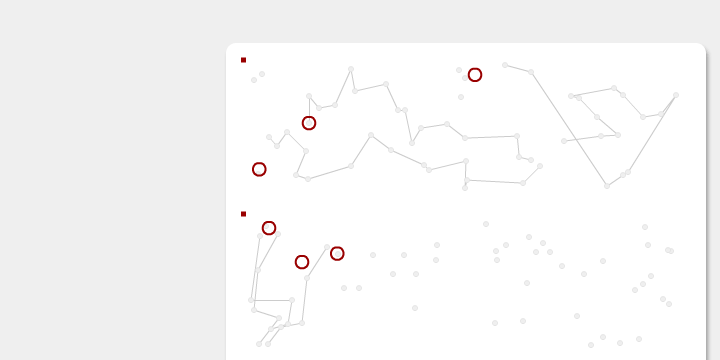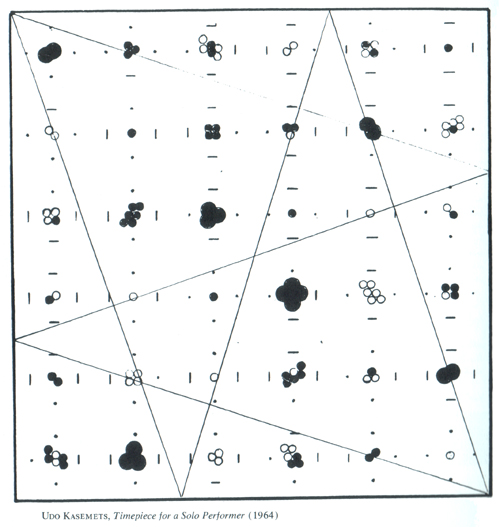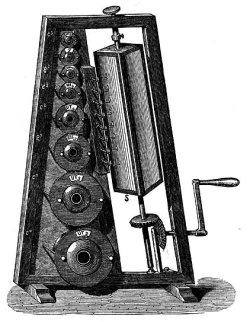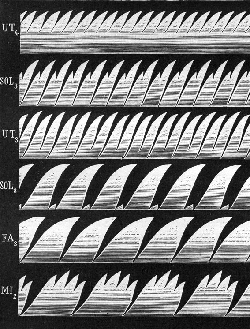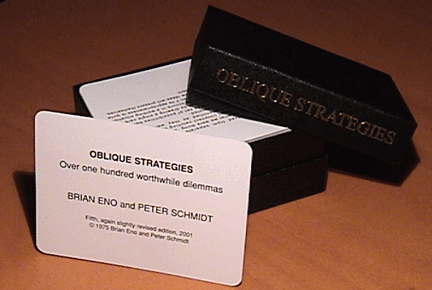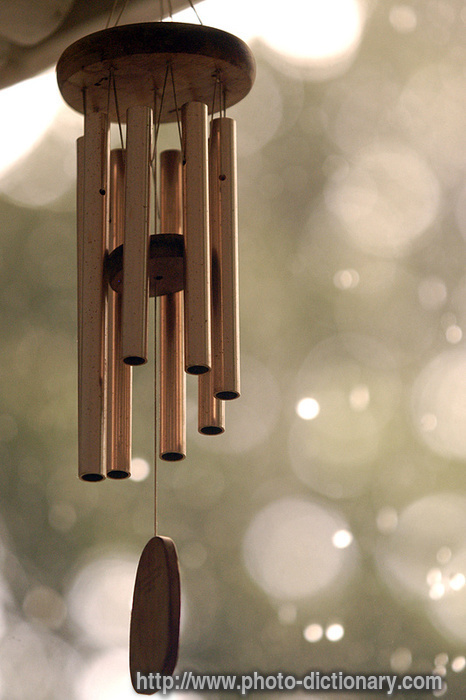La competenza percettiva si sviluppa per prove ed errori nel corso della prima fase della vita. Si apprende così a costruire oggetti sonori sempre più corrispondenti alle diverse sorgenti di stimoli: il mondo dei suoni si popola di oggetti, con una identità precisa e riconoscibile anche in presenza di cambiamenti molto rilevanti. E’ sempre la stessa voce, ad esempio, quella che parla o canta, che sussurra o grida, che scende scherzosamente in un registro grave o sale in falsetto. Ogni oggetto sonoro ha dunque un proprio marchio di identità, un proprio “timbro”: non a caso questa parola ha avuto in primo luogo il significato di sigillo, di autenticazione, e solo in un secondo tempo è entrata fra i descrittori del mondo sonoro. La costruzione di oggetti sonori il cui timbro caratterizza una specifica sorgente di stimoli sembra passare attraverso un processo di categorizzazione che fa riferimento al “gesto sonoro”, ossia al processo fisico di produzione degli stimoli acustici.
E’ chiaro che tra i criteri che contribuiscono a determinare questo sfuggente eppure solido marchio di identità rientrano quelli che favoriscono la fusione tra componenti. Ricordiamo in particolare l’armonicità almeno parziale (caratteristica che permette di distinguere, ad esempio, il vibrafono dal triangolo, nonostante la somiglianza del gesto percussivo) e il sincronismo di attacco tra parziali (che differenzia il sassofono dal violoncello, nel quale gli armonici presentano una maggiore indipendenza di attacco). A questi criteri vanno aggiunti, in particolare, l’ampiezza dello spettro di frequenza (l’oboe, caratterizzato da un ampio spettro di parziali di notevole intensità, si differenzia nettamente dal corno), la presenza o meno di un transitorio di attacco ad alta frequenza (più importante nel clarinetto che nella tromba), le caratteristiche delle strutture formanti (particolarmente importanti nella voce), la dipendenza del peso dei diversi armonici dall’intensità complessiva dello stimolo sonoro (come nel caso della tromba), l’eventuale presenza di micromodulazioni simultanee degli armonici (che differenzia le voci dagli altri oggetti sonori) [Bregman 1991, p. 204; Risset, 1991, p. 245]. Non bisogna dimenticare, comunque, che lo studio degli oggetti sonori per mezzo dell’analisi delle frequenze presenti nei corrispondenti stimoli acustici è sì, illuminante, ma anche limitato, proprio perché si colloca a monte dei processi di costruzione percettiva del suono [Smalley 1996a, p. 124].
Anche nel caso dei processi di categorizzazione dei suoni si può pensare che siano contemporaneamente all’opera molteplici regole di analisi della struttura degli stimoli acustici: il riconoscimento del timbro sarà allora il risultato della loro cooperazione e competizione. Questa capacità, come si è detto, si sviluppa nel corso di un lungo apprendimento e si modella sulle grandi categorie dei gesti sonori della vita quotidiana. D’altra parte, anche il riconoscimento del timbro degli strumenti musicali si fonda su tale competenza di carattere generale. I gesti sonori della musica, infatti, non sono che versioni specializzate di gesti quotidiani, come urti, soffi, pizzichi, sfregamenti.
La costruzione dei suoni della musica è stata a lungo divisa in due grandi aree. Da una parte, la liuteria (in stretto contatto, ovviamente, con l’esperienza e il gusto musicale) ha avuto la funzione di creare timbri riconoscibili ed esteticamente interessanti; dall’altra, i compositori hanno prescritto altezze e ritmi per queste “voci” già codificate. Tale dicotomia, ripensata nell’esperienza orchestrale ottocentesca, è stata completamente trasformata dalla musica del Novecento, e in particolare dalla nuova attenzione alla materialità dei suoni [Schaeffer 1966] e dall’esperienza della musica elettroacustica [Camilleri e Smalley 1988]: qui, infatti, l’altezza è soltanto una caratteristica possibile dei timbri ideati dai compositori, nei quali spesso si attenua o addirittura scompare il riferimento a specifici gesti sonori.
Bregman, A. S.
1991
Timbre, orchestration, dissonance et organisation auditive, in J.-B. Barrière (a cura di), Le timbre. Métaphore pour la composition, Burgois, Paris, pp.204-215.
Risset, J. C.
1991
Timbre et synthèse des sons, in J.-Barrière (a cura di), Le timbre cit, pp. 239-60.
Smalley, D.
1996a
La spettromorfologia: una spiegazione delle forme del suono (Prima parte),
, n. 50, pp. 121-37
Schaeffer, P.
1966 Traité des objects musicaux, Seuil, Paris.
Camilleri, L., e Smalley, D.
1988 The analysis of electroacustic music: introduction, in , XXVII, n. 1-2, pp. 1-10.
Brano tratto da Il suono (Enciclopedia della Musica Einaudi) a cura di Gianni Zanarini
